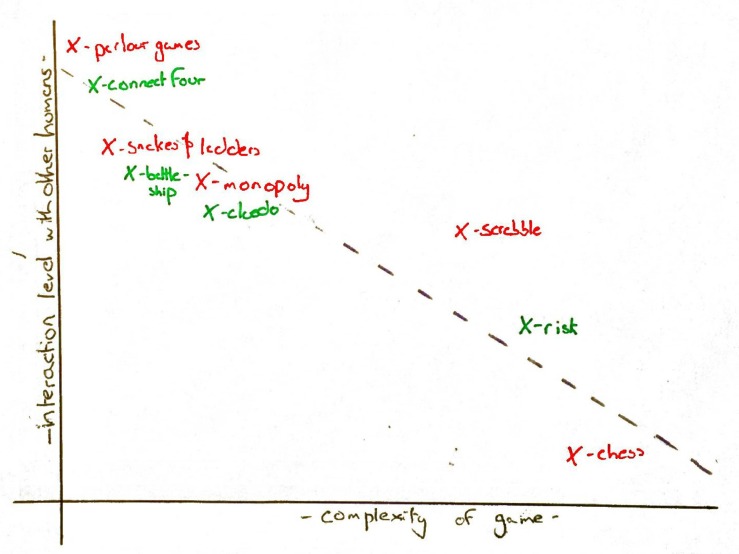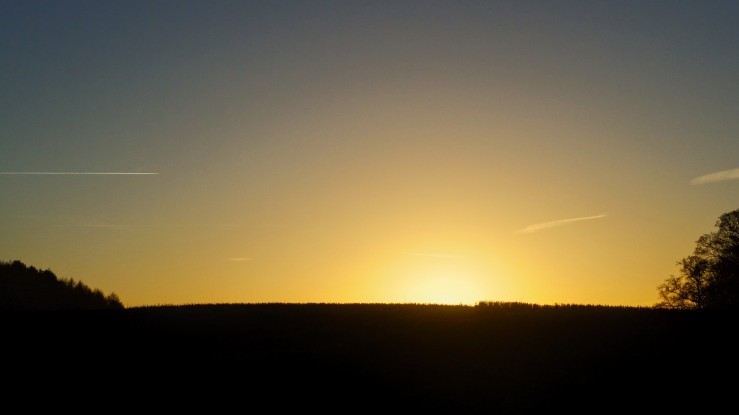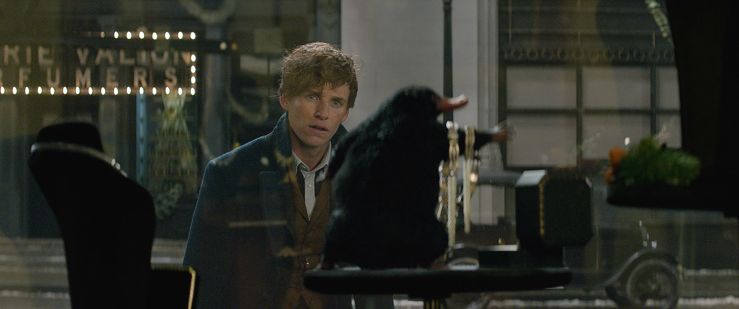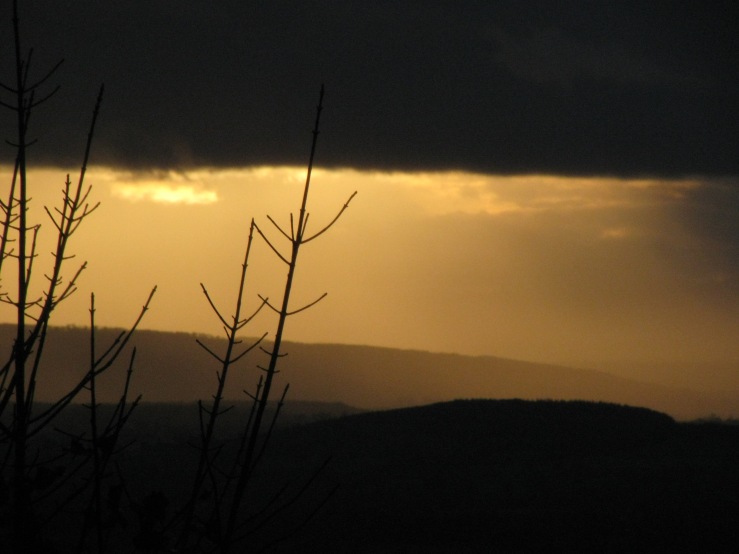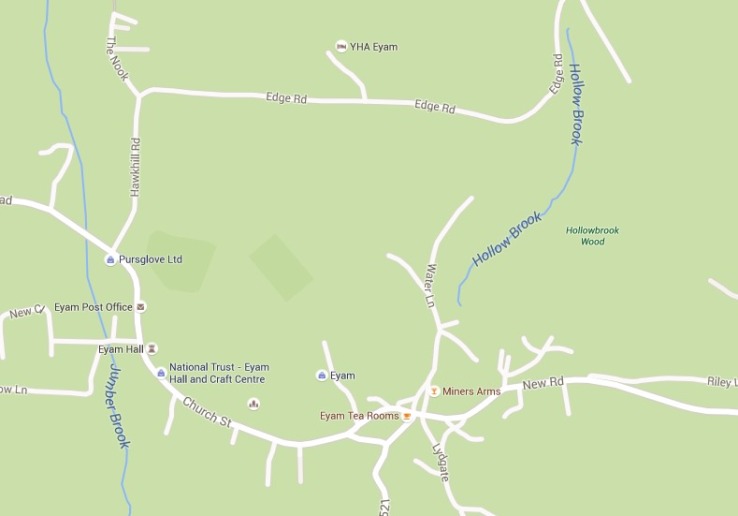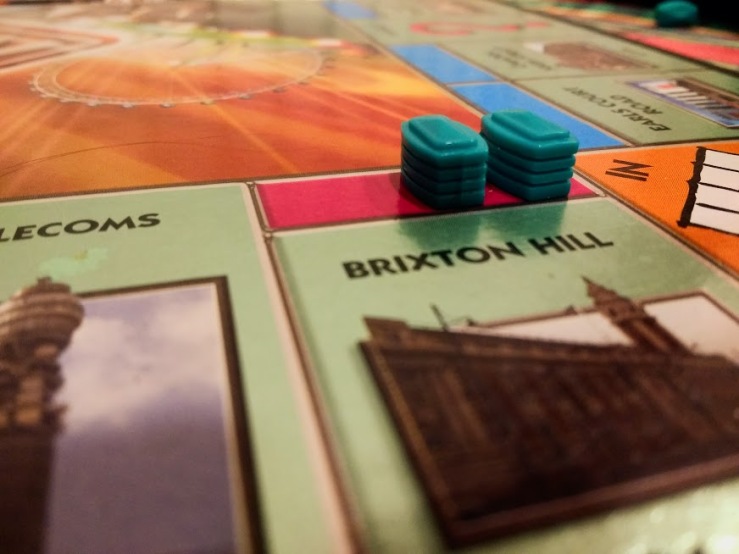
My family is rather terrible at celebrating New Year.
Our family is excellent at celebrating Christmas. Christmas is an extravaganzaic explosion of colour and light and food and family and busy-ness. Everyone wheels through the season, smells of spice and citrus erupt from the kitchen and the house, like so many during the festive season, takes on a warm glow.
This warm glow, however, can only go on for so long, and by New Years Eve everyone is feeling so burnt out that there is hardly the energy to sing one verse of Auld Lang Syne. No really. We didn’t even hum it. 2017 popped into existence and was very much un-noticed in our house. Poor 2017.
Today, however, we’ve travelled down the motorway to the town of Malvern, Worcestershire, where my grandmother lives. None of the family really were in a particular New Years mood, but Nana’s salmon en croute (salmon in pastry- a kind of fish pie I’m far happier with) really got us in the new year spirit. Dinner was cleared away, the plates stacked carefully in the dishwasher, the forks plonked into the cutlery rack. It was at this point that someone suggested playing Monopoly.
Nana’s Monopoly set ages from 2005. It is one of the most modern pieces of board game history that I think I know of. The banking is done without cash, but using fake debit cards which you plonk into a machine and transfer a few million pounds on. It’s tremendous fun to use, especially if you’re the banker. My dad, Nana and myself decided that we’d have a quick game to while away the evening.
My family and flatmates will testify that I am terrible at losing at Monopoly. There is a gradual evolution to my Monopoly game. The opening minutes are spent being wildly, wildly optimistic that this game will be the one that I win. I’m careless with my cash, throw my money about, buy properties that I don’t need and act with reckless abandon.
About ten minutes in, the first seeds of doubt begin to germinate in my mind that this might not be the game that I’m finally able to win it. This happened tonight as my dad built houses on his properties and I started to realise that I couldn’t do the same my end. The little green plastic blocks sat happily on his little squares, mocking my lack of money. Still, I think. These are the early days. I have plans. It’ll all be okay.
So we move to the third stage: delusional realism. I’m delusional in believing that victory is just out of my hands; I’m realistic in really knowing that I’m doomed to lose. It’s at this point I begin to get a little sour. Everyone begins to share a joke on my expense as I turn over the first mortgage card to have to pay for rent, the grumpy look on my face starts to get very long indeed.
After this, my moods can really go anywhere. Thankfully, tonight, I saw that the whole thing was a game and, thankfully, didn’t spin out of control. Other times however, I fling into the foulest of moods. I inwardly curse all the others on the table around me. I scheme, creating plans for global domination and scheme on how I can prove them all wrong by starting a multi-billion pound business empire that stretches from the tundras of Canada to the deserts of Australia.
Then the game finishes, everyone goes off and makes a cup of tea, and I feel griped up inside for about two minutes and then find a box of chocolates that no-one’s attending, or something similar. My mood lifts and I become far friendlier to be around.
That is the horribly divisive game of Monopoly then. Inevitably, all board games end up with someone losing, but Monopoly is famous for being the creator of foul moods. I think it’s because when your fate is sealed, your fate really is sealed. When things begin to go downhill for you and you have to start mortgaging properties, there’s no action you can take, no move you can have that can turn it round. You’re just locked into the dismal, dismal reality of losing.b
Or maybe I just am bad at Monopoly. I think the answer is probably that.
Happy New Year!
